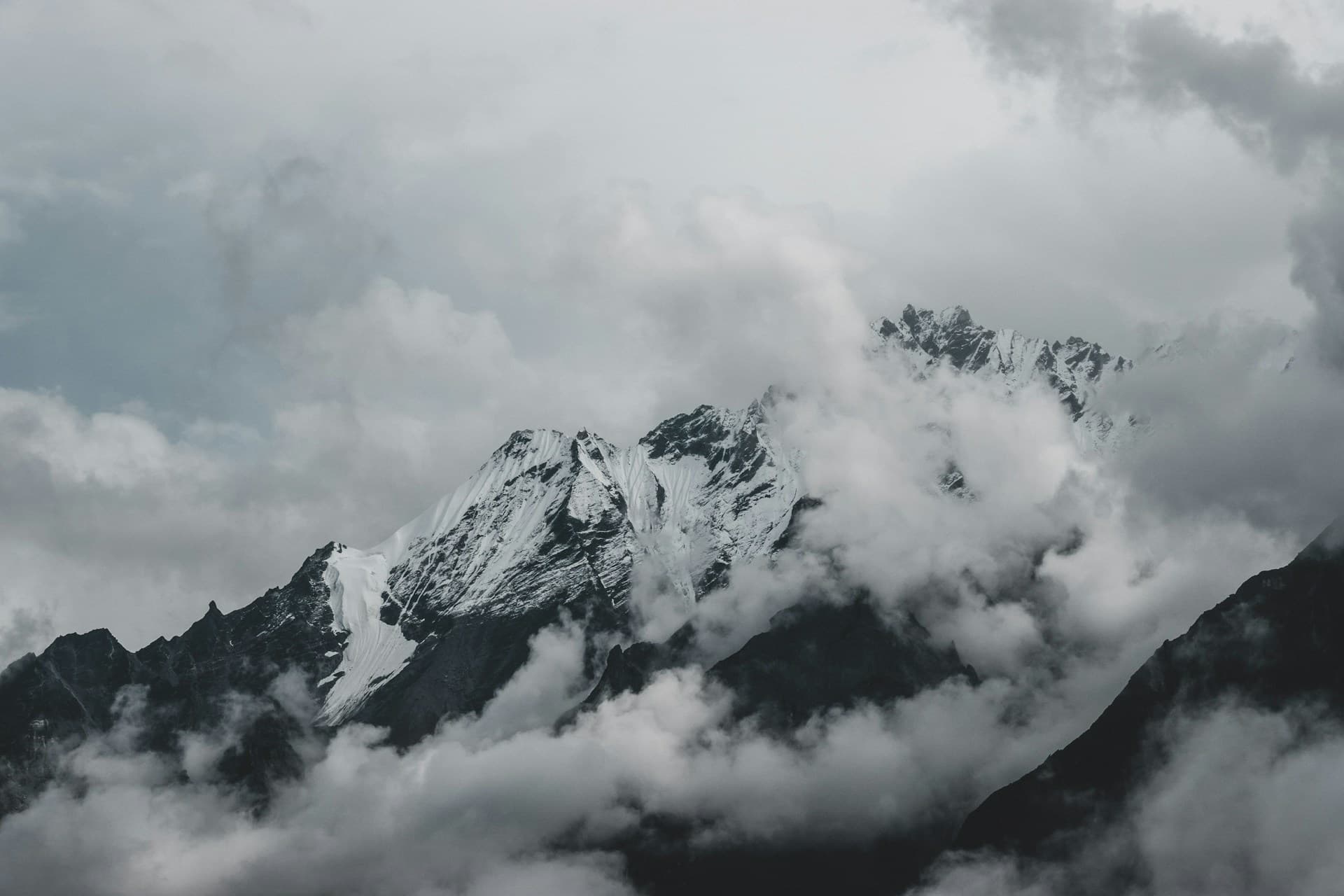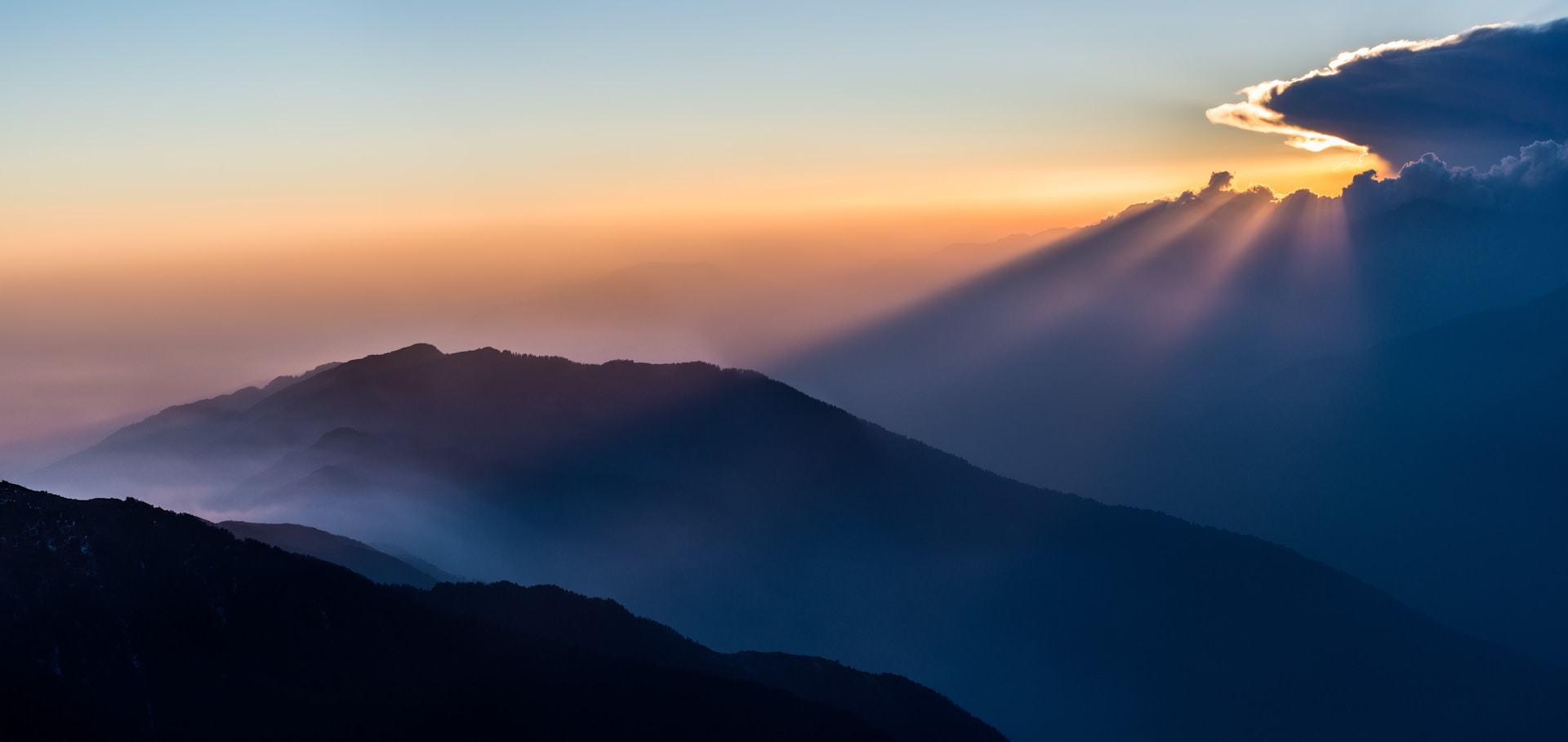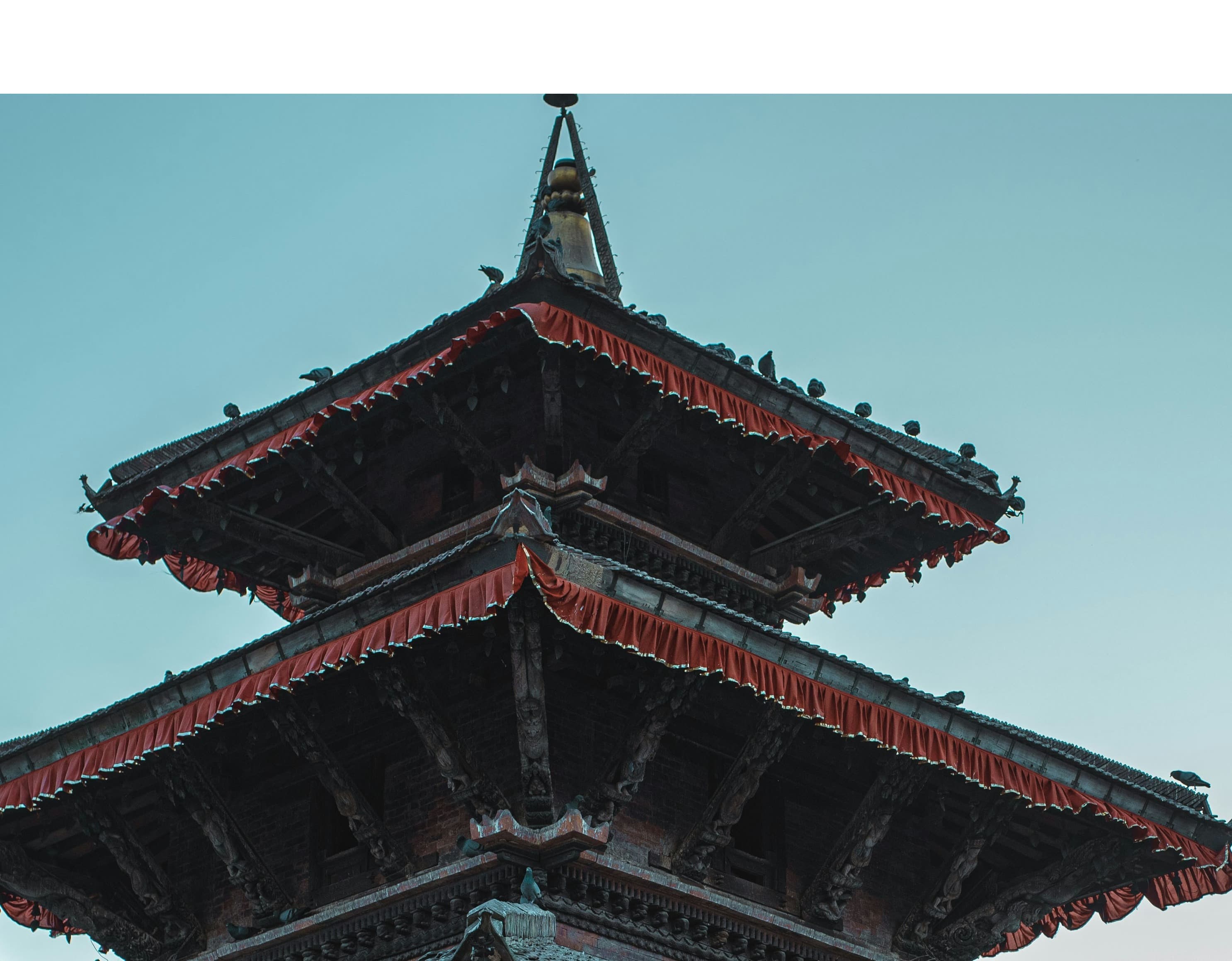Langtang Trek Overview
The Langtang Trek is a captivating journey that spans approximately 77 kilometers, including a climb to the Kyanjin Ri peak, and takes around 5-7 days to complete, with an additional two days for the journey to and from the start of the trek. Situated in a region renowned for its stunning landscapes and rich cultural heritage, this trek reaches its highest elevation at 3,800 meters on the Langtang trail, escalating to 4,600 meters if the Kyanjin Ri peak is scaled. The trek demands moderate to difficult trekking skills due to its substantial total ascent and descent of 3,925 meters, navigating the same path up and down.
Trekkers are required to acquire a TIMS card and a Park entrance permit, with the daily expenses averaging around US$23 per person, covering transportation, permits, and other essentials. A guide is mandatory for this trek to ensure safety and adherence to local regulations. The trail offers accommodations primarily in guest houses, providing a comfortable yet rustic stay, and allowing trekkers to experience local hospitality.
The best seasons for embarking on this trek are during the spring (March to May) and autumn (September to November) when the weather conditions are most favorable, offering clear, panoramic views of the Himalayan peaks. The path meanders through vibrant rhododendron forests, alongside swift mountain streams, and through traditional Tamang villages, offering a deep dive into the local culture and lifestyle. The region is also notable for its biodiversity, including the possibility of encountering rare wildlife such as the red panda and a variety of bird species.

Distance: The Langtang Trek spans approximately 77 kilometers (48 miles), which includes the ascent to Kyanjin Ri peak.
Duration: Typically, trekkers need 5-7 days to complete the trek, with an additional 2 days accounted for travel to the starting point and back.
Total Ascent/Descent: The trek involves a total ascent and descent of 3,925 meters (12,877 feet), retracing the same path for both ascent and descent.
Highest Elevation: The trek reaches its highest point at 3,800 meters (12,467 feet) on the Langtang trail. Climbing the Kyanjin Ri peak pushes this elevation to 4,600 meters (15,000 feet).
Difficulty Level: The trek is considered moderate to difficult, suitable for trekkers who can handle varied terrain and high altitudes.
Permits Required: Trekkers must obtain a TIMS card and a Park entrance permit to embark on this trek.
Average Cost: The daily cost is around US$23 per person, covering permits, transportation, and other essentials.
Guide Requirement: A guide is compulsory for navigating the trek safely and effectively, ensuring compliance with local regulations.
Accommodation: Accommodations are primarily in guest houses along the trek, offering basic amenities and a chance to experience local hospitality.
Additional Information:
- Best Season to Visit: The best times to trek Langtang are during the spring (March to May) and autumn (September to November) seasons when the weather is most favorable and the views are clear.
- Wildlife: The region is rich in biodiversity, with the possibility of spotting unique wildlife such as the red panda and various bird species.
- Cultural Experience: The trek offers a profound cultural experience, passing through traditional Tamang villages where you can immerse yourself in local customs and lifestyles.
- Scenic Highlights: Trekkers can enjoy panoramic views of Langtang Lirung, Langtang II, and other Himalayan peaks, alongside beautiful landscapes of rhododendron forests, swift mountain streams, and rugged terrain.
This enriched overview provides a comprehensive guide for anyone planning to undertake the Langtang Trek, highlighting both the logistical and experiential aspects of the journey.
What to expect during langtang Trekking
Trekking the Langtang Trail is a multifaceted experience, offering a blend of natural beauty, cultural richness, and physical challenge. Here’s what you can expect during the Langtang Trek:
-
Scenic Landscapes: As you traverse the Langtang Valley, expect breathtaking views of towering peaks such as Langtang Lirung, Langtang II, and other Himalayan giants. The trail weaves through lush rhododendron forests, alpine meadows, and past scenic mountain streams.
-
Varied Terrain: The trek includes a mix of moderate and challenging paths, ranging from steep ascents to gentle descents. You'll navigate rocky trails, cross wooden bridges, and climb to high viewpoints, such as Kyanjin Ri, for panoramic vistas.
-
Altitude Challenges: With the highest point at 4,600 meters (Kyanjin Ri), altitude sickness is a potential challenge. Gradual acclimatization, hydration, and rest are crucial to manage the thinning air and reduced oxygen levels.
-
Cultural Immersion: The Langtang region is predominantly inhabited by the Tamang people, whose customs and traditions are influenced by Tibetan culture. Trekking through local villages, you’ll see prayer flags, monasteries, and meet friendly locals, offering insights into their lifestyle and heritage.
-
Wildlife Encounters: The area is a habitat for diverse wildlife, including the elusive red panda, Himalayan tahr, and various bird species. While wildlife sightings are not guaranteed, the region's flora and fauna add an exciting element to the trek.
-
Basic Accommodations: Accommodations on the Langtang Trek are typically basic yet comfortable guest houses. These offer necessary facilities but are not luxurious, allowing trekkers to experience authentic mountain living.
-
Weather Variability: Weather in the Himalayas can be unpredictable. Prepare for sudden changes, from sunny skies to cold winds and occasional snowfall, especially at higher altitudes.
-
Local Cuisine: Dining along the trek will mainly include local Nepalese food, such as dal bhat (rice and lentils), along with some Tibetan influences like momos (dumplings). These hearty meals are both nutritious and energizing for the trek.
-
Permit Requirements: Ensure you have all necessary permits, including the TIMS card and a Park entrance permit. These are essential for both your safety and the maintenance of the national park.
-
Physical Demands: The trek is physically demanding, with long trekking days, significant altitude gains, and varying trail conditions. A good fitness level will enhance your experience and endurance throughout the journey.




